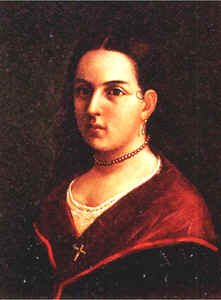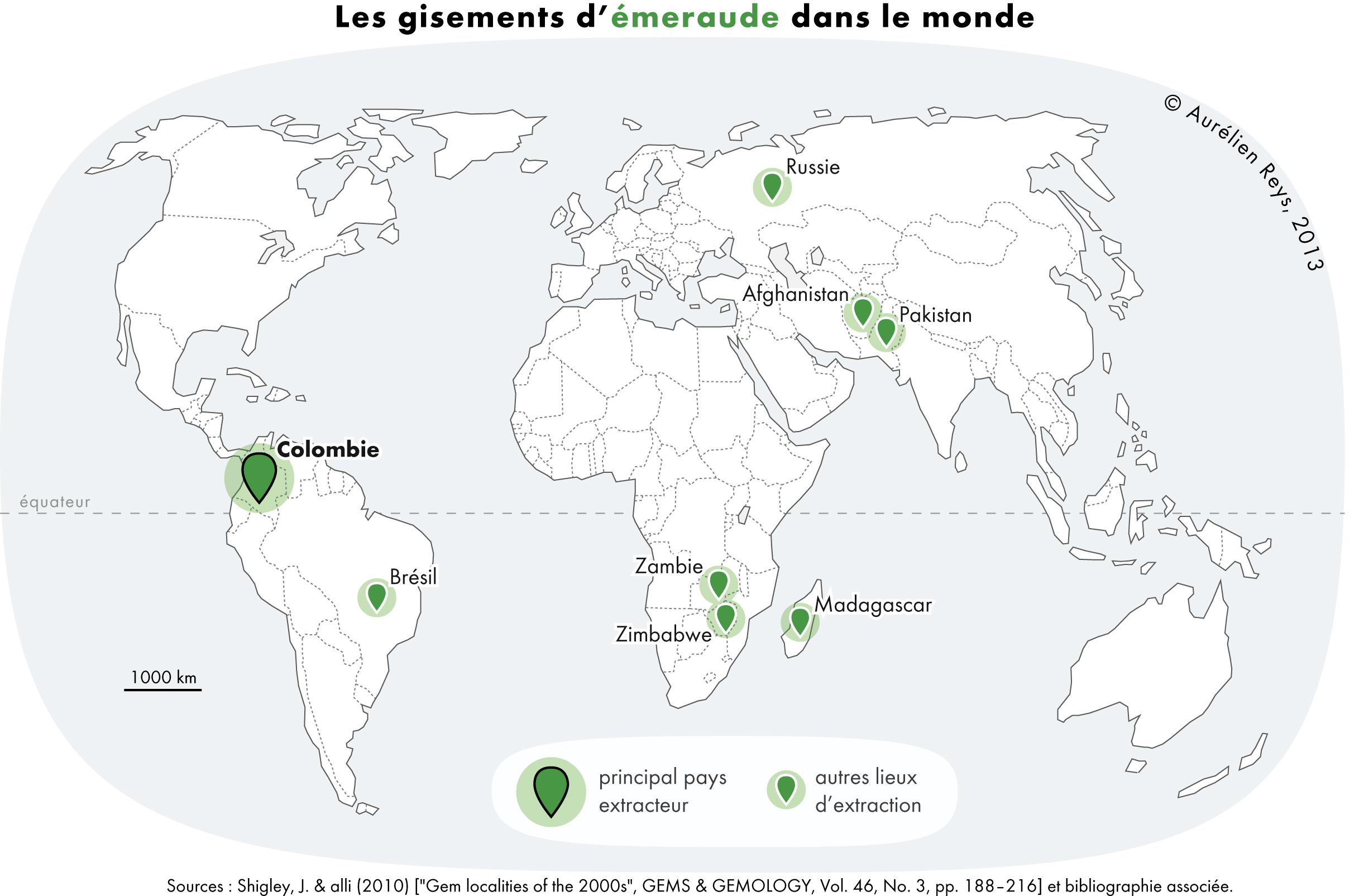|
Middle Magdalena Bloc Of The FARC-EP
The Middle Magdalena Bloc of the FARC-EP ( es, Bloque Magdalena Medio) was a FARC-EP bloc, notable for its involvement in the conflict with the AUC until the latter's demobilization in 2004. After that, it became one of the Colombian army's biggest worries as FARC started once again to gain control over the territory. The specific divisions of the group are arguable. Some of the believed divisions or 'fronts', as they were commonly called, are shown below. Many of these fronts sometimes worked together towards a certain mission, while others were further divided into 'columns' and 'companies' with a smaller number of members. For more general information see FARC-EP Chain of Command. Commanders 4th Front It was composed by up to 100 combatants and operated mostly in the Antioquia Department (Municipalities of Zaragoza, Segovia, Remedios, Amalfi, Vegachí, Yalí, Yondó and Maceo). 11th Front Also known as the José Antonio Anzoategui Front, it was composed by up ... [...More Info...] [...Related Items...] OR: [Wikipedia] [Google] [Baidu] |
FARC-EP
The Revolutionary Armed Forces of Colombia – People's Army ( es, link=no, Fuerzas Armadas Revolucionarias de ColombiaEjército del Pueblo, FARC–EP or FARC) is a Marxist–Leninist guerrilla group involved in the continuing Colombian conflict starting in 1964. The FARC-EP was officially founded in 1966 from peasant self-defense groups formed from 1948 during the "Violencia" as a peasant force promoting a political line of agrarianism and anti-imperialism. They are known to employ a variety of military tactics, in addition to more unconventional methods, including terrorism. The operations of the FARC–EP were funded by kidnap and ransom, illegal mining, extortion, and taxation of various forms of economic activity, and the production and distribution of illegal drugs. They are only one actor in a complex conflict where atrocities have been committed by the state, right-wing paramilitaries, and left-wing guerrillas not limited to FARC, such as ELN, M-19, and others. Co ... [...More Info...] [...Related Items...] OR: [Wikipedia] [Google] [Baidu] |
Policarpa Salavarrieta
Policarpa Salavarrieta (c. 26 January 1795 – 14 November 1817), also known as La Pola, was a Neogranadine seamstress who spied for the Revolutionary Forces during the Spanish Reconquista of the Viceroyalty of New Granada. She was captured by Spanish Royalists and ultimately executed for high treason. The Day of the Colombian Woman is commemorated on the anniversary of her death. She is now considered a heroine of the independence of Colombia. Name Because her birth certificate was never found, her legal given name is unknown. The name Salavarrieta is known only by the names her family and friends used. Her father referred to her as Apolonia in his will, which Salvador Contreras, the priest who formalized the testament on 13 December 1802, confirmed. She was closest to her brother, Viviano, as she became his de facto guardian when her parents died. When the armed forces in Guaduas started looking for her, she began calling herself Policarpa. In her 1817 forged passp ... [...More Info...] [...Related Items...] OR: [Wikipedia] [Google] [Baidu] |
Norte De Santander Department
North Santander (Spanish: Norte de Santander) () is a departments of Colombia, department of Northeastern Colombia. It is in the north of the country, bordering Venezuela. Its capital is Cúcuta, one of the country's major cities. North Santander is bordered by Venezuela to the east and north, by Santander Department and Boyacá Department to the south, and by Santander Department and Cesar Department to the west. The official Department name is "''Departamento de Norte de Santander''" (North Santander Department) in honor of Colombian military and political leader Francisco de Paula Santander, who was born and raised near Cúcuta. North Santander Department is located in the northwestern zone of the Colombian Andean Region (Colombia), Andean Region. The area of present-day Norte de Santander played an important role in the history of Colombia, during the Bolívar's War, War of Independence from Spain when Congress gave origin to the Greater Colombia in Villa del Rosario, Nort ... [...More Info...] [...Related Items...] OR: [Wikipedia] [Google] [Baidu] |
Cesar Department
Caesar Department ( es, Departamento del Cesar, links=no) or simply Caesar () is a department of Colombia located in the north of the country in the Caribbean region, bordering to the north with the Department of La Guajira, to the west with the Department of Magdalene and Department of Bolivar, to the south with Department of Santander, to the east with the Department of North Santander, and further to the east with the country of Venezuela (Zulia State). The department capital city is Valledupar. The region was first inhabited by indigenous peoples known as Euparis in the Valley of Upar and Guatapuris in the Valley of the Caesar river, among these were the Orejones pertaining to the Toupeh, Acanayutos pertaining to the Motilon and Alcoholades pertaining to the Chimila. The first European to explore the area was Spanish Captain Peter Vadillo, but German Ambrose Alfinger savagely conquered the region in 1532. From 1996–2006 paramilitary groups committed gross human right ... [...More Info...] [...Related Items...] OR: [Wikipedia] [Google] [Baidu] |
Emerald
Emerald is a gemstone and a variety of the mineral beryl (Be3Al2(SiO3)6) colored green by trace amounts of chromium or sometimes vanadium.Hurlbut, Cornelius S. Jr. and Kammerling, Robert C. (1991) ''Gemology'', John Wiley & Sons, New York, p. 203, . Beryl has a hardness of 7.5–8 on the Mohs scale. Most emeralds are highly included, so their toughness (resistance to breakage) is classified as generally poor. Emerald is a cyclosilicate. Etymology The word "emerald" is derived (via fro, esmeraude and enm, emeraude), from Vulgar Latin: ''esmaralda''/''esmaraldus'', a variant of Latin ''smaragdus'', which was a via grc, σμάραγδος (smáragdos; "green gem") from a Semitic language. According to Webster's Dictionary the term emerald was first used in the 14th century. Properties determining value Emeralds, like all colored gemstones, are graded using four basic parameters–the four ''C''s of connoisseurship: ''color'', ''clarity,'' ''cut'' and ''carat weight''. N ... [...More Info...] [...Related Items...] OR: [Wikipedia] [Google] [Baidu] |
Boyacá Department
Boyacá () is one of the thirty-two departments of Colombia, and the remnant of Boyacá State, one of the original nine states of the "United States of Colombia". Boyacá is centrally located within Colombia, almost entirely within the mountains of the Eastern Cordillera to the border with Venezuela, although the western end of the department extends to the Magdalena River at the town of Puerto Boyacá. Boyacá borders to the north with the Department of Santander, to the northeast with the Bolivarian Republic of Venezuela and Norte de Santander, to the east with the departments of Arauca and Casanare. To the south, Boyacá borders the department of Cundinamarca and to the west with the Department of Antioquia covering a total area of . The capital of Boyacá is the city of Tunja. Boyacá is known as "The Land of Freedom" because this region was the scene of a series of battles which led to Colombia's independence from Spain. The first one took place on 25 July 1819 in ... [...More Info...] [...Related Items...] OR: [Wikipedia] [Google] [Baidu] |
Maceo, Antioquia
Maceo is a town and municipality in the Colombian department of Antioquia. It is part of the Magdalena Medio Antioquia Magdalena Medio Antioquia is a subregion in the Colombian Department of Antioquia. The region is made up by 6 municipalities. The region is determined by its location within the Middle Magdalena Region which covers the central area of the Magda ... sub-region. Municipalities of Antioquia Department {{Antioquia-geo-stub ... [...More Info...] [...Related Items...] OR: [Wikipedia] [Google] [Baidu] |
Yondó
Yondó is a town and municipality in Antioquia Department, Colombia. The first settlers arrived around 10,000 BC; archaeological site. The town was founded in 1941 to lodge the, at that time, discovered Casabe oilfield's engineers and workers of Shell Colombia S.A.(SCSA) Subsidiary of Royal Dutch Shell. The town became a municipality in 1979. It is a Magdalena river port, across a river from Barrancabermeja, where Colombia's oldest and largest oil refinery is located. Statistics *07° 00' 28" latitude North; 73° 54' 51" longitude West; 75 m a.s.l. altitude *Surface area 1,903 km²: **30.2% natural forests, mostly secondary **55.1% pastures **10.6% secondary growth *Annual rainfall 2,799 mm, no month below 100 mm; mean temperature year around 27.2 °C *Total population 12,562; ca. 50% urban in the town seat, 50% rural History Yondó was an oilfield's worker camp built by the Royal Dutch Shell oil company in 1945 in order to house some 2,000 workers and engineers ... [...More Info...] [...Related Items...] OR: [Wikipedia] [Google] [Baidu] |



